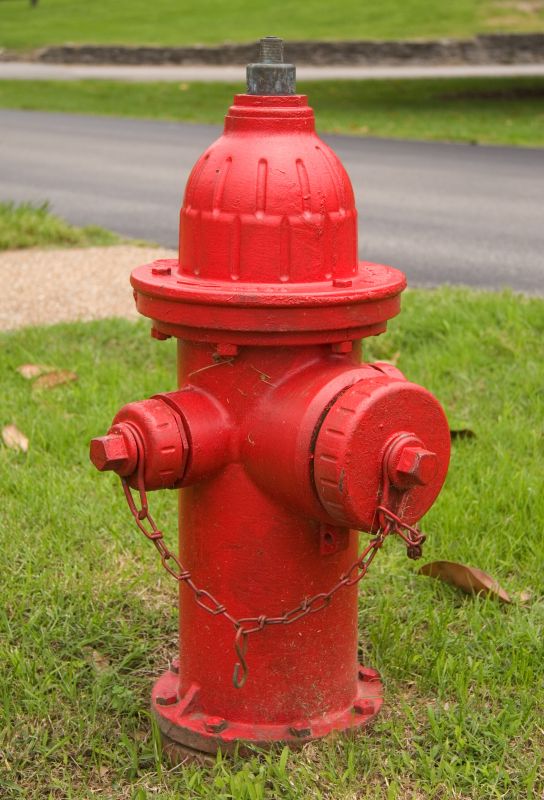Leading Selection Of Hydrant Installation Components For Fire Safety Readiness
Ensure your fire safety system is complete with top-quality hydrant installation parts built for performance and durability.
 Installing a hydrant system requires careful selection of the right products to ensure reliable operation and compliance with safety standards. From the initial connection points to the various fittings and accessories, each component plays a vital role in creating an efficient and durable hydrant installation. Properly chosen products can facilitate easier installation, maintenance, and operation, ultimately contributing to the safety of the area served.
Installing a hydrant system requires careful selection of the right products to ensure reliable operation and compliance with safety standards. From the initial connection points to the various fittings and accessories, each component plays a vital role in creating an efficient and durable hydrant installation. Properly chosen products can facilitate easier installation, maintenance, and operation, ultimately contributing to the safety of the area served.
Top Overall Option
Heavy-Duty Hydrant Connection Fittings
These fittings are designed for robust performance in various environments, offering secure and leak-proof connections. Made from durable materials, they resist corrosion and high-pressure conditions, making them suitable for long-term installations. Their compatibility with multiple hydrant systems and ease of installation make them a versatile choice for many applications.
Types of Products For Hydrant Installations
Hydrant Valves
Valves regulate water flow and are essential for controlling hydrant operation, available in various sizes and configurations.
Couplings and Connectors
These components facilitate secure attachment between hoses and hydrant outlets, ensuring leak-free connections.
Hose Adapters
Adapters allow for compatibility between different hose sizes and types, providing flexibility during operations.
Pressure Gauges
Monitoring water pressure helps maintain system integrity and ensures safe operation during use.
Drain Valves
Drain valves help in winterizing hydrants and preventing freezing by allowing water to be expelled after use.
Mounting Brackets
Securely attach hydrant components to surfaces or structures for stability and safety.
Flow Control Devices
Devices that help regulate and optimize water flow rates for different firefighting needs.
Hose Reels
Reels organize hoses for quick deployment and storage, improving response efficiency.
Backflow Preventers
Prevent contamination by stopping reverse water flow within the hydrant system.
Isolation Valves
Allow sections of the hydrant system to be shut off for maintenance or emergency purposes.
Threaded Fittings
Connect components with standardized threads for secure and leak-proof assemblies.
Rubber Gaskets and Seals
Ensure tight seals between fittings to prevent leaks and maintain system integrity.
Hydrant Caps
Protect outlets from debris and damage when not in use.
Inspection Ports
Allow for easy inspection and maintenance of internal components.
Pipe Clamps and Supports
Secure piping and hoses in place, reducing movement and wear.
Popular Choices
Widely used for controlling water flow in hydrant systems, available in various sizes.
Facilitate fast and secure hose connections, enhancing response times.
Commonly used to monitor system pressure during operation and maintenance.
Popular for connecting hoses of different diameters and types.
Often selected for winterization and system maintenance to prevent freezing.
Essential for securing hydrant components in various environments.
Help regulate water flow for different firefighting scenarios.
Important for maintaining water quality and preventing contamination.
Commonly used to ensure leak-proof connections between fittings.
Popular for organizing hoses and enabling quick deployment.
Widely used for secure, standardized connections in hydrant systems.
Protect outlets from debris and damage, frequently selected for maintenance.
Useful for routine system checks and maintenance.
Commonly used to secure piping and hoses in place.
Hydrant installation products encompass a wide range of items including valves, connectors, hoses, and mounting hardware. These components are designed to withstand harsh conditions, resist corrosion, and provide secure connections under high-pressure scenarios. Understanding the different types of products available can help in planning a system that meets specific needs, whether for municipal fire departments, industrial facilities, or private properties.
When selecting products for hydrant installations, factors such as material durability, compatibility with existing infrastructure, ease of installation, and regulatory compliance should be considered. Ensuring that components are rated for the appropriate pressure and temperature ranges is crucial for safety and performance. Additionally, choosing products that facilitate quick access and reliable operation can significantly improve response times during emergencies.
Investing in quality hydrant installation products can contribute to the longevity and effectiveness of the system. Regular maintenance and inspection are also important, and having the right accessories can make these tasks more straightforward. By carefully selecting each component, users can create a dependable hydrant network suited to their specific operational requirements.
Key Buying Considerations
- Material durability and resistance to corrosion for long-term performance.
- Compatibility with existing hydrant systems and fittings.
- Pressure ratings to ensure safe operation under expected water pressures.
- Ease of installation and maintenance, including availability of mounting options.
- Compliance with relevant safety and industry standards.
- Temperature tolerance, especially for outdoor or harsh environments.
- Availability of replacement parts and accessories for future maintenance.
- Size and capacity to match the specific flow requirements of the system.
- Leak-proof design features such as high-quality gaskets and seals.
- Ease of operation, including ergonomic design for quick access.
- Cost-effectiveness balanced with quality and durability.
- Brand reputation and reviews from other users or professionals.
- Compatibility with hoses and other components in the system.
- Flexibility for future upgrades or modifications.
- Availability of technical support and customer service.
